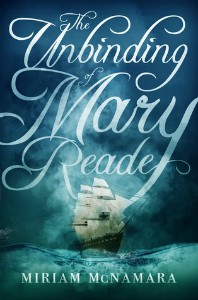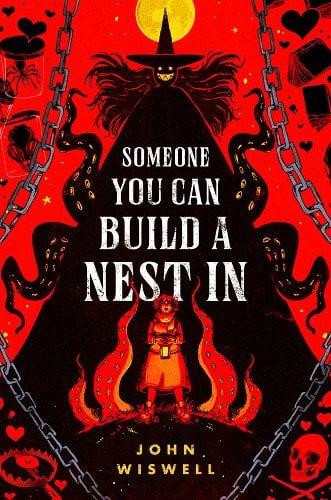Laura goes off to college and meets Beth. Beth inspires in her a frenzied, frightening passion, which she can barely contain. Beth, in her loneliness, is drawn to Laura’s worship of her. They start an affair. Until Beth meets Charlie, and finally falls in love.
This is basically the plot of Ann Bannon’s Odd Girl Out and on this cursory, superficial level, I sort of enjoyed it. It’s not the most well-written story I have ever read, and in particular, I found the narrative head-hopping from one character to the next jarring. However, as a pulp novel, it satisfies. There are a lot of trembling arms and heaving sighs, a lot of exclamatory statements and women on the brink of overwhelming desires.
As a modern day reader, I didn’t much like it. Laura, for being the star of the scandalous lesbian plot, fairly disappears from the book for the last half. When she is present, her character is presented as an underwhelming girl-child, always crying or about to cry. Beth’s motivations for wandering in and out of a lesbian romance are explained in the most facile psych 101 terms (she wasn’t loved enough as a child!). Charlie is an odd combination of tender and caveman, having his way in the name of Good & Manly Decision-making whenever the plot requires it.
As a modern day lesbian, I liked it even less. I will say, that for something produced in pulp literature world of the late 1950s, Odd Girl Out is less judgmental and less condemning than I expected. There is no happy queer ending, but on the other hand, Laura is able to achieve a sort of self-acceptance that is presented in an admirable light. Beth and Charlie definitely win the narrative race to heteronormative success, but Bannon carves out a small space for Laura too, and I appreciated that.


